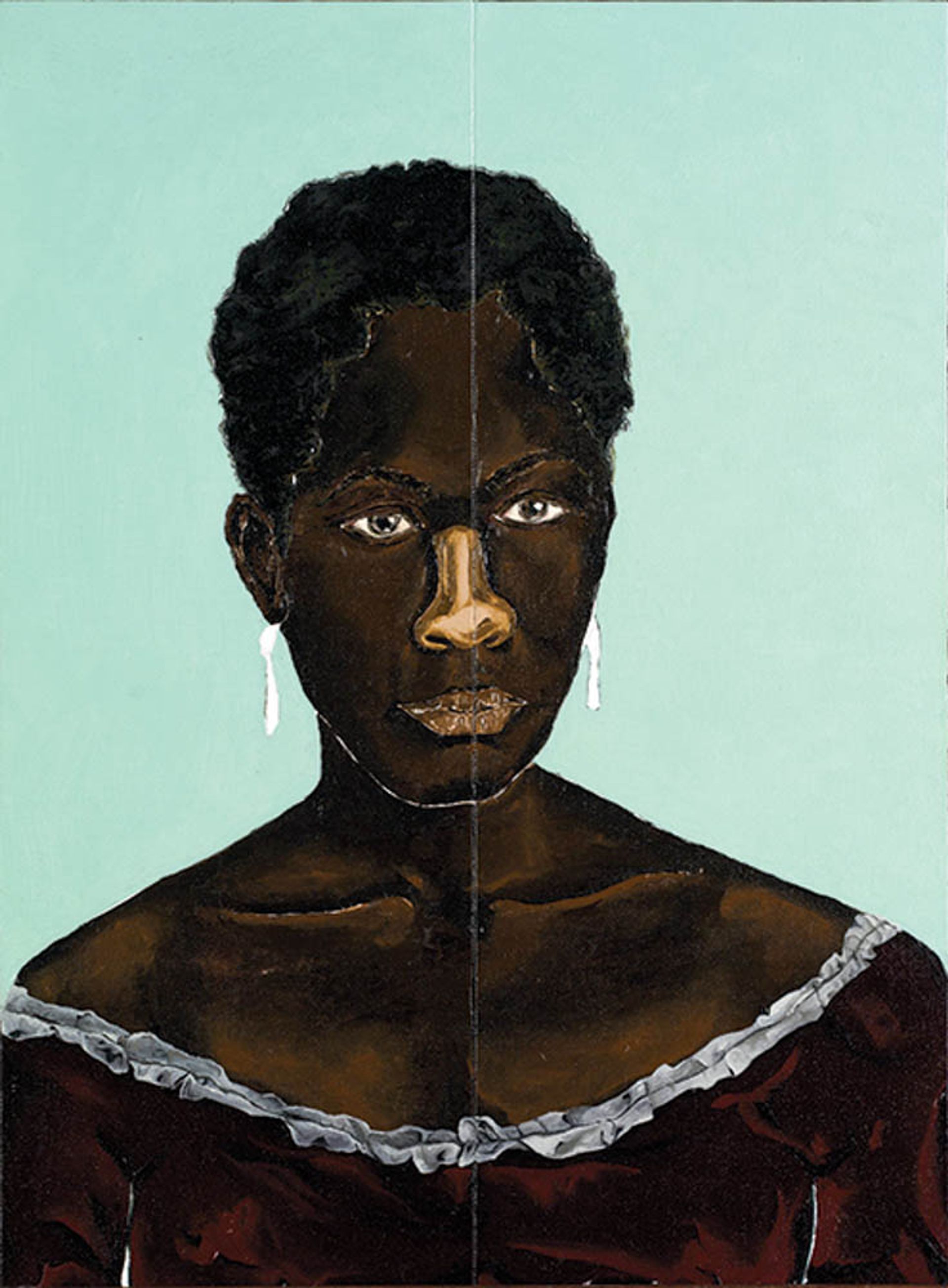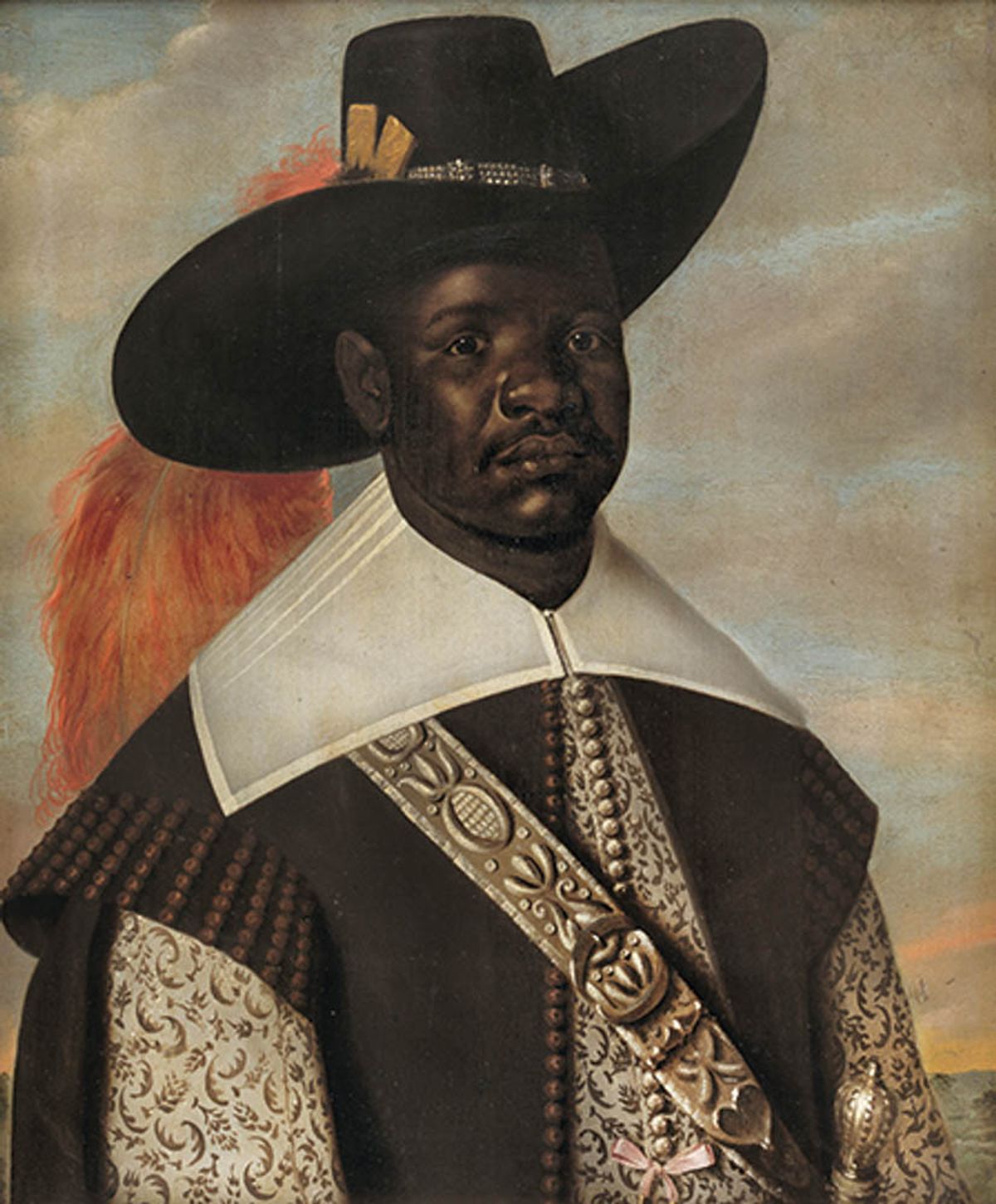An exhibition exploring the cultural legacy of the African diaspora and the history of the transatlantic slave trade will open at the National Gallery of Art in Washington, DC this month. Having travelled from the Museu de Arte de São Paulo via the Museum of Fine Arts in Houston, Afro-Atlantic Histories aims to stimulate further discourse around the impact of the African diaspora on art history.
“The show demonstrates that the diasporic movement and migration of peoples of African descent have been integral to the development of the Western Hemisphere,” write the curators of the show, Kanitra Fletcher, Molly Donovan and Steven Nelson.

Dalton Paula's Zeferina (2018) Collection MASP; © the artist
The exhibition also finds itself in conversation with a broad set of art historical legacies such as those concerning the representations of Black subjects across different mediums. The show’s robust showcase of Black portraiture—an ancient art form that is often overlooked within Western museum collections—is a source of pride for its curators, who pick out a few key examples: Dalton Paula’s striking portraits Zeferina and João de Deus Nascimento (2018), Zanele Muholi’s monumental Ntozahke II, (Parktown) (2016), and Don Miguel de Castro, Emissary of Kongo (around 1643) by an unknown Dutch artist.
Spanning art from the 17th to the 21st centuries, the exhibition bridges national borders, languages, cultures and histories, reflecting how these different colonial pasts have influenced artists working now. “We wanted to show how much of the past informs the works of today’s artists,” say the curators. “Radcliffe Bailey, Glenn Ligon, Kerry James Marshall, Zanele Muholi, Rosana Paulino, Paulo Nazareth, Kara Walker and so many others have created works that speak to the current moment, but they did so by looking back and beyond their immediate context, always amplifying historical events and figures that continue to resonate today.”

Rosina Becker do Valle's Índio da floresta (Caboclo) [Indian from the Forest (Caboclo)] (1963) Collection MASP
The show also aims to add layers and nuance to what was often a violent history of displacement. “Afro-Atlantic Histories demonstrates that Black people have had complex, compelling histories across the globe despite traumatic experiences. It celebrates Black joy, love, beauty and creativity, [which is] not always seen in museums or the media, or studied in school,”
say the curators.
The exhibition will include work from 24 countries in Africa, the Americas, Caribbean and Europe, and feature wall texts in English and Spanish—translation being integral not only to the exhibition’s makeup but also to its curators’ commitment to embracing different registers and realities. “This multiplicity of perspectives is signalled in the titular word ‘histories’ from the Portuguese histórias, meaning open, plural and diverse stories,” the curators say. “Art can be instructive, a reminder of how humankind has or has not changed in many respects or how history can be recursive.”
• Afro-Atlantic Histories, National Gallery of Art, Washington, DC, 10 April-17 July


